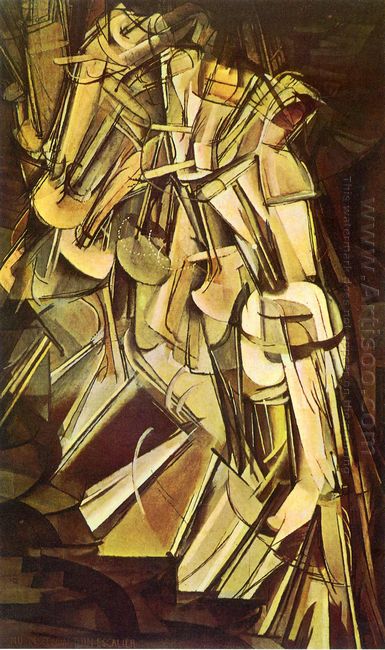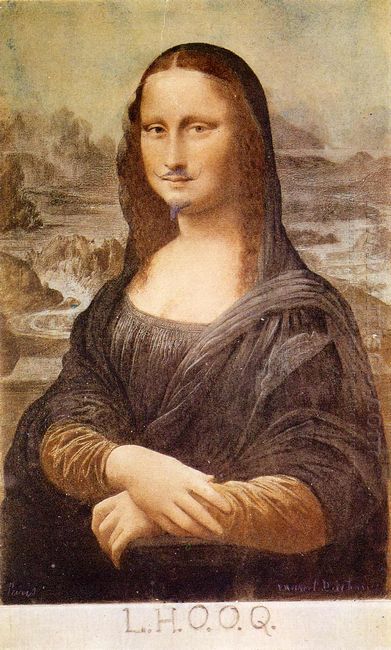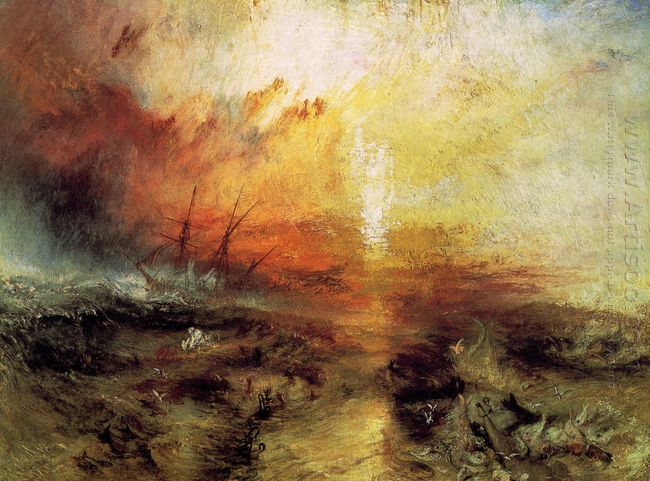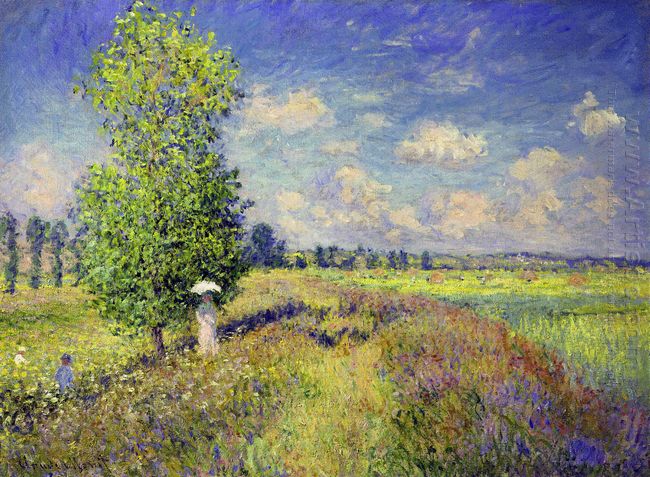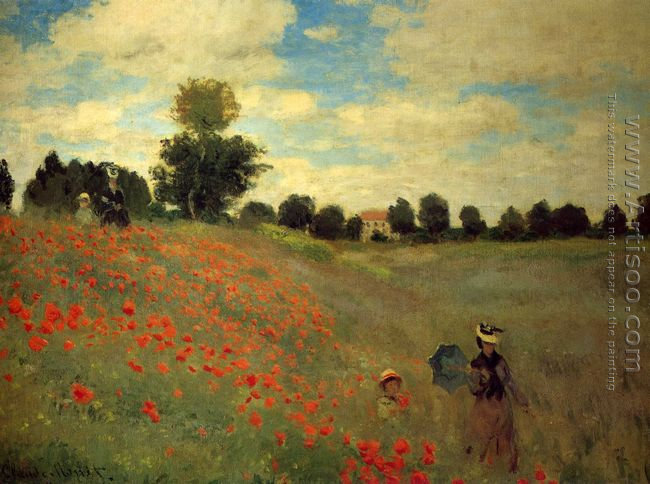Dadaism or Dada is a product of the turbulent and cynical post-World War I period. It is an anti-art movement that celebrates the irrational, the absurd, the nihilistic and the nonsensical. It is also opposed to the cruelty of the wars. Dadaists rejected traditional aesthetic standards and submitted that all concepts of beauty should be abandoned and a whole new art form should be created. The Dadaistic paintings are consisting of abstract, wired or even dull symbols.
Dadaism probably began in the Cabaret Voltaire in Zurich in 1916 and then prevailed in western society. Dadaistic works often illustrate absurdity through painting of purposeless machines and collages of discarded materials, expressing their cynicism about conventional ideas of form and their rejection of traditional concepts of beauty.
The reproduction of the Mona Lisa adorned with a mustache is a famous example. It is a famous work by Marcel Duchamp. He is a major figure in Dadaism who refused to follow a conventional artistic path. Duchamp penciled a moustache and a goatee over Mona Lisa's upper lip and chin, and re-titled the artwork. The title "L.H.O.O.Q" roughly translates as "she has a hot ass." Duchamp begins with the representation of an iconic masterpiece that he takes down from its basis by playfully debunking it. In endowing the Mona Lisa with masculine attributes, he alludes to Leonardo's homosexuality. By challenging the very notion of what is art, his works sent shock waves across the art world that can still be felt today.
 Jean Tinguely is another influential Dadaist. A self-destroying sculpture titled Homage to New York is his best-known work. He was asked in 1960 to produce a work to be performed in the Sculpture Garden of the Museum of Modern Art in New York. This homage to the energy of a city keeps rebuilding itself time after time is a wonderful example of the different and sometimes conflicting conceptions of artists and engineers on how machines should work.
Jean Tinguely is another influential Dadaist. A self-destroying sculpture titled Homage to New York is his best-known work. He was asked in 1960 to produce a work to be performed in the Sculpture Garden of the Museum of Modern Art in New York. This homage to the energy of a city keeps rebuilding itself time after time is a wonderful example of the different and sometimes conflicting conceptions of artists and engineers on how machines should work.
Dadaism incorporates the environment and spectators as active and important ingredients in the production of random events. It also has a great influence in later movements including Surrealism and Fluxus.








